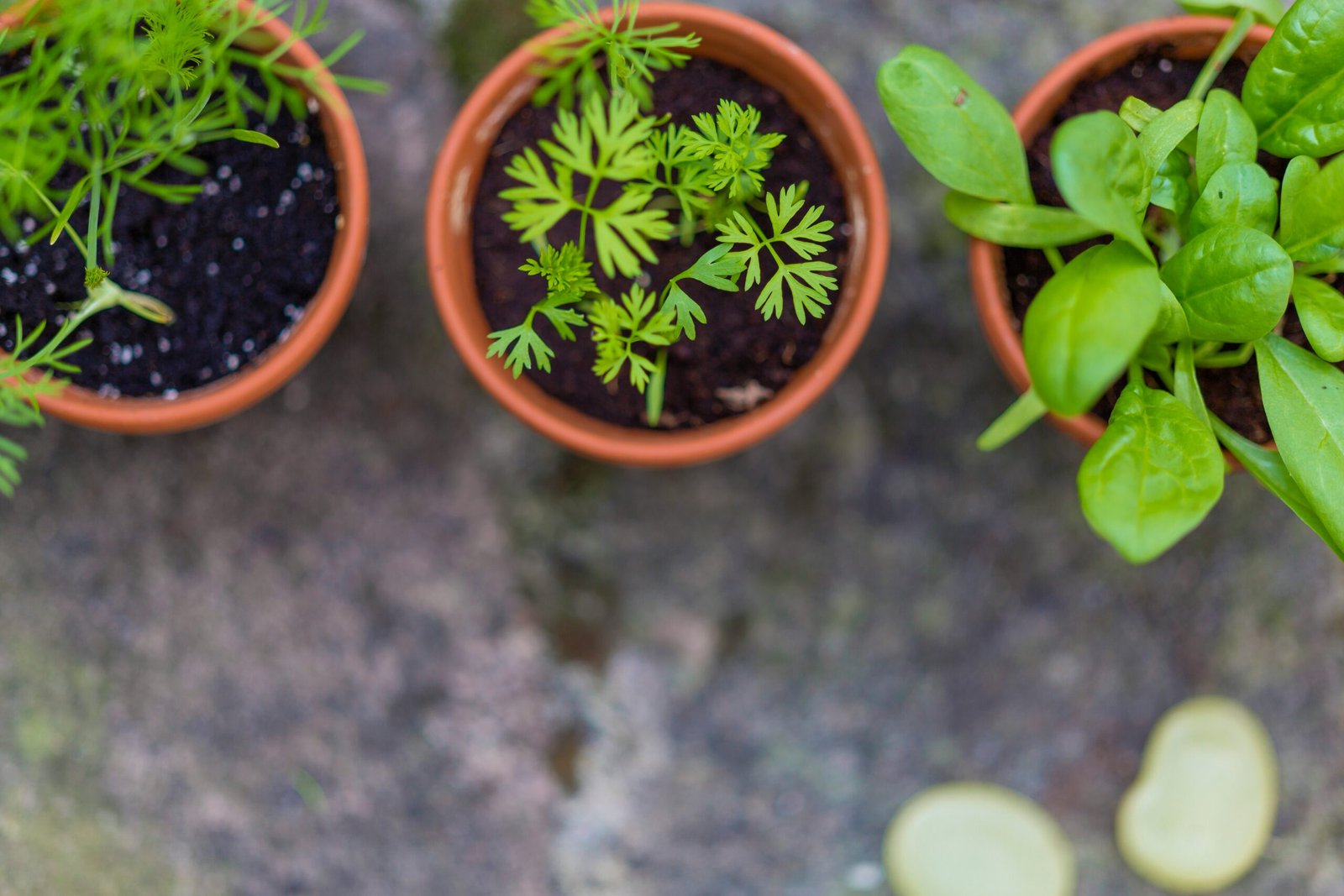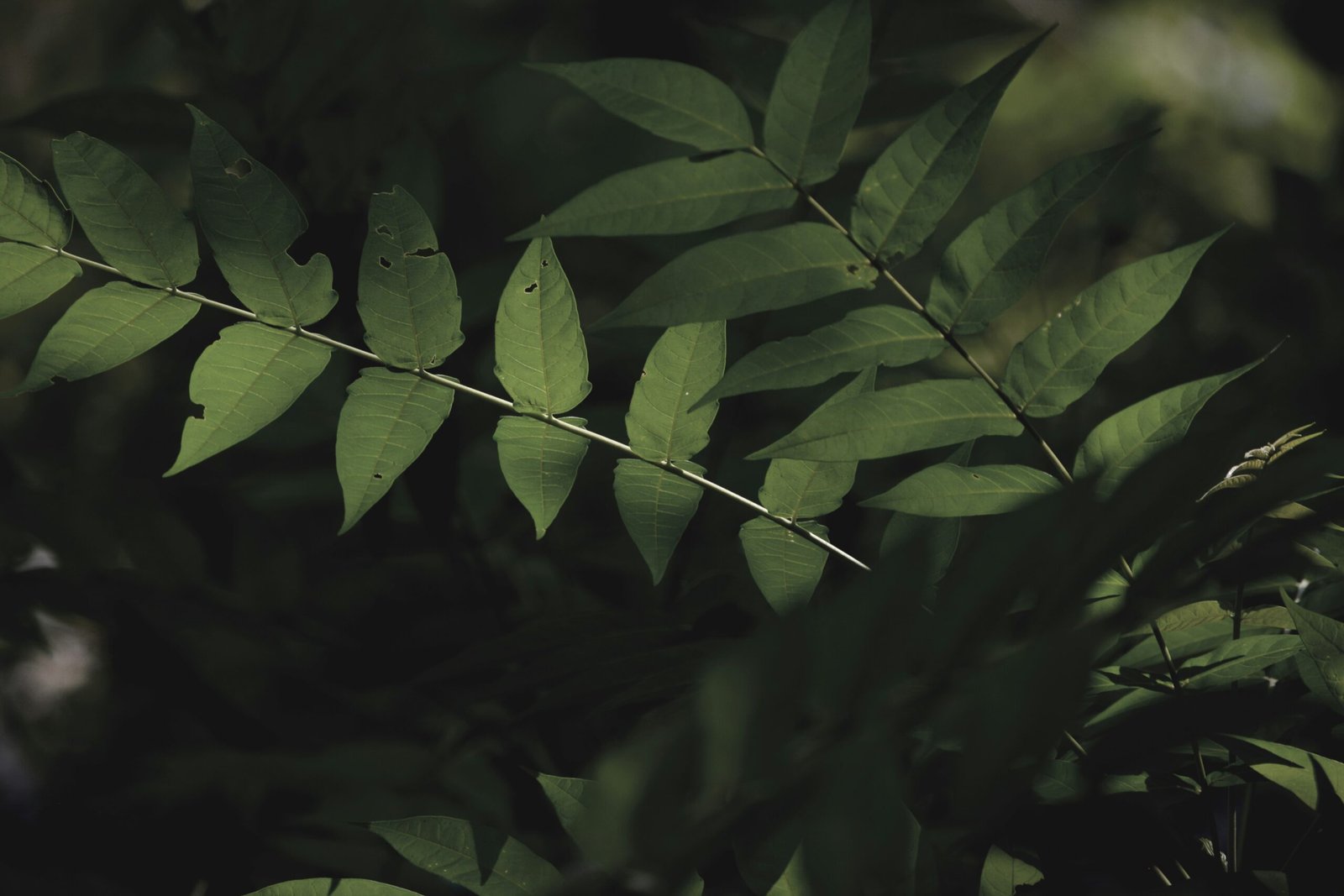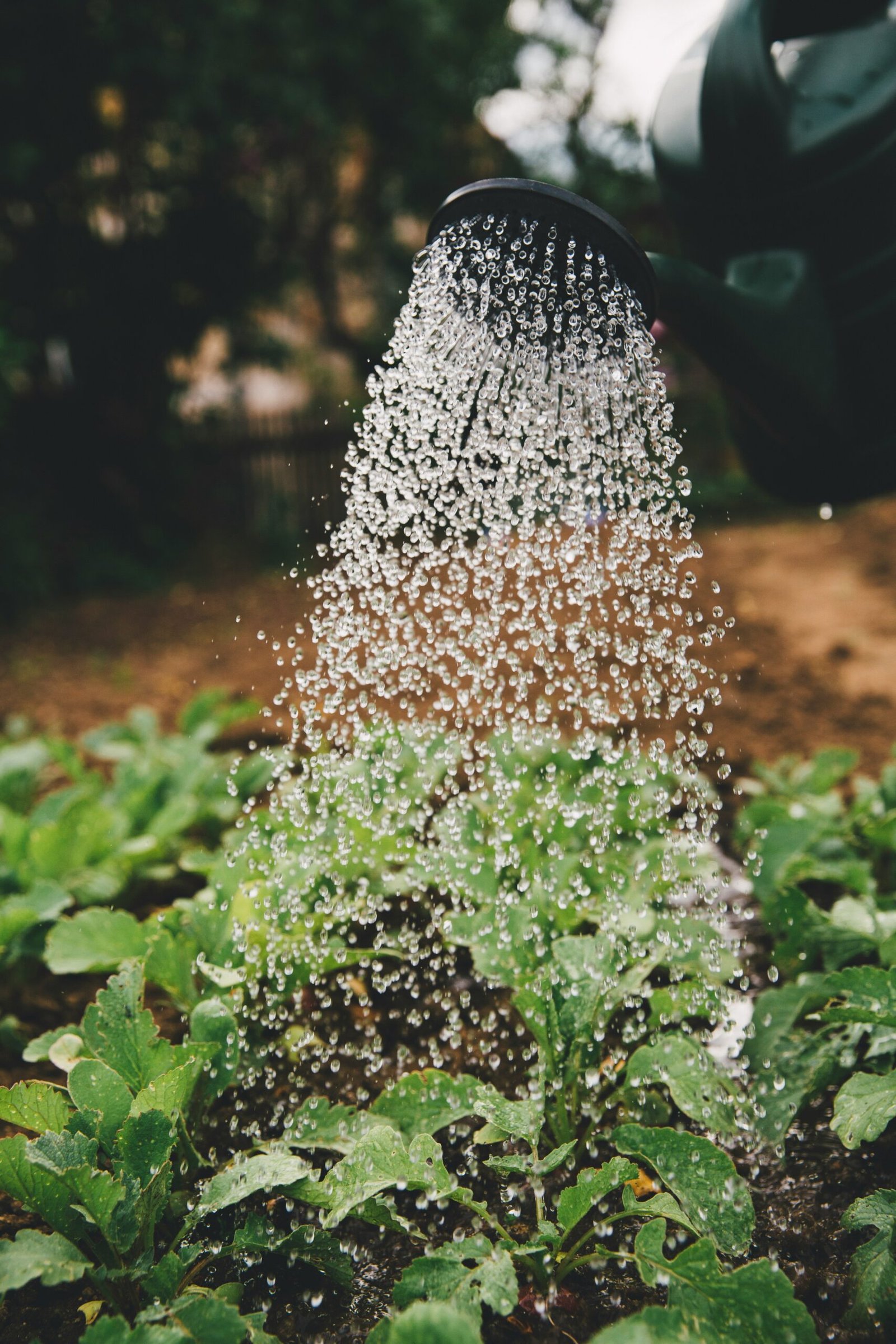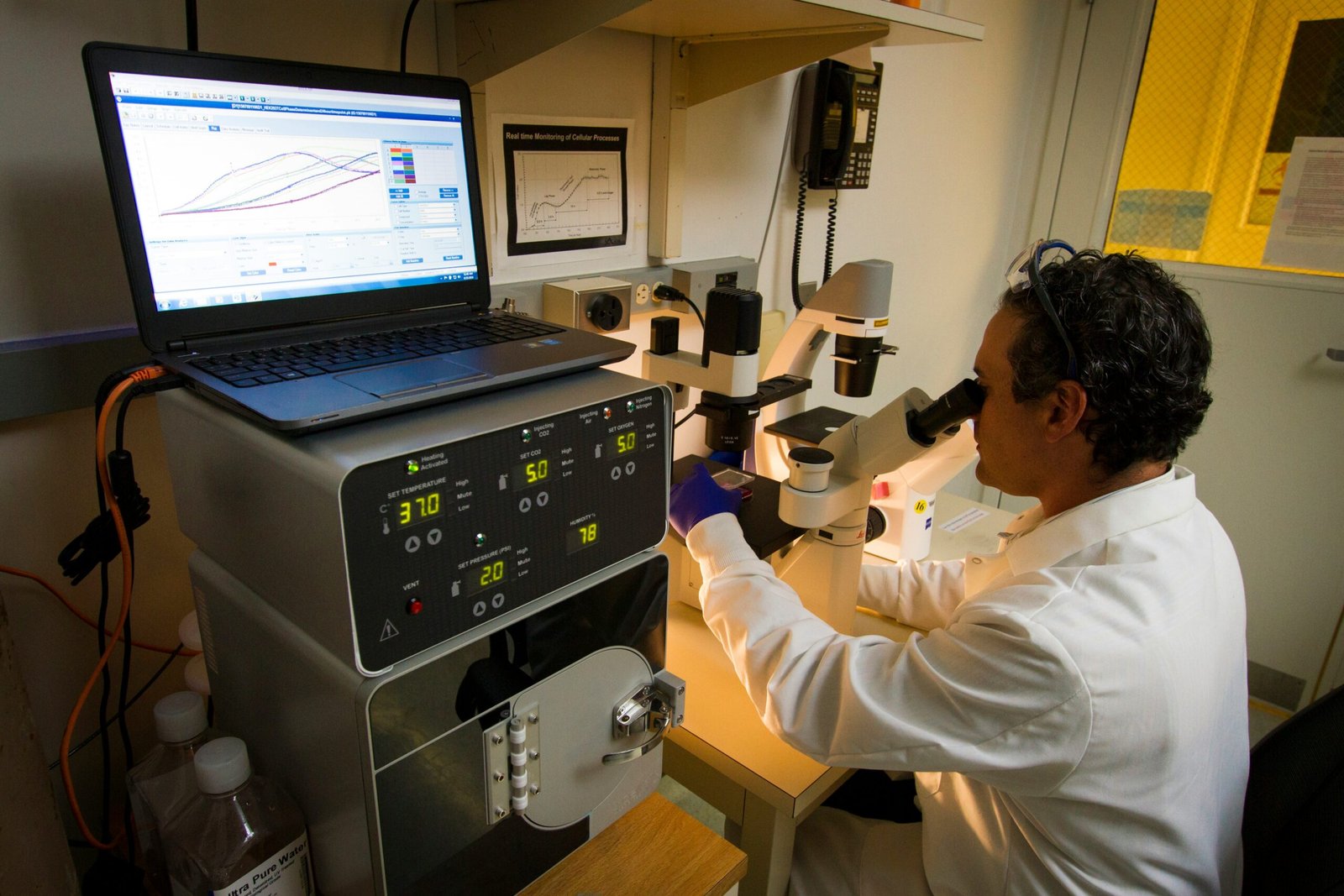Introduction to Leaf Cuttings
Leaf cuttings represent a fascinating and widely used method of plant propagation that allows gardeners and horticulturists to multiply their plants efficiently. Essentially, this technique involves taking a healthy leaf from the parent plant and enabling it to form roots and shoots to become a new, independent plant. Unlike stem cuttings or seed propagation, leaf cuttings do not involve any part of the plant’s stem, making it a unique approach in the realm of plant reproduction.
A variety of plants can be successfully propagated through leaf cuttings. Some common examples include African violets, snake plants, jade plants, and begonia species. Each of these plants possesses certain physiological characteristics that make them suitable for this type of propagation. The ability to reproduce from leaves highlights the remarkable regenerative capabilities of many plant species.
There are several advantages to using leaf cuttings over other propagation methods. Firstly, leaf cuttings often require less space and resources compared to seed propagation or stem cuttings. This makes it an appealing choice for indoor gardening and small-scale operations. Additionally, leaf cuttings can sometimes produce new plants more quickly than seeds, providing a faster route to achieving mature specimens. Furthermore, this method allows the gardener to retain the genetic makeup of the parent plant, ensuring that the new plants will exhibit the same cherished traits.
One critical factor that plays a significant role in the success of leaf cuttings is the choice of growing media. The media provides the necessary support, moisture, and nutrients required for root development and overall plant health. As we delve deeper into this guide, we will explore various types of growing media, comparing their effectiveness and suitability for different types of plants. Understanding these nuances is essential for optimizing the propagation process and achieving robust, healthy new plants from leaf cuttings.
Common Growing Media for Leaf Cuttings
Leaf cuttings can thrive in various types of growing media, each offering unique advantages. Understanding these media and their specific properties can greatly enhance the success rate of propagating plants through leaf cuttings.
Soil Mixes: Traditional potting soil mixes are commonly used for leaf cuttings due to their balanced composition of organic matter and minerals. These mixes offer excellent water retention while providing essential nutrients necessary for plant growth. However, their density may sometimes hinder proper aeration, which is crucial for root development.
Peat Moss: Known for its high water retention capacity, peat moss is an ideal medium for leaf cuttings that require consistent moisture levels. It has a slightly acidic pH, which can be beneficial for certain plant species. However, peat moss tends to compact over time, potentially disrupting air circulation around developing roots.
Coco Coir: Derived from coconut husk fiber, coco coir is an increasingly popular substrate. It boasts excellent water retention and drainage properties, partly due to its fibrous structure. Coco coir is also pH-neutral and can be reused after sterilization, making it both environmentally friendly and cost-effective.
Perlite: This volcanic glass is often added to soil mixes to improve aeration and drainage. Perlite’s large surface area aids in maintaining a balanced moisture level, ensuring that roots have access to both air and water. However, perlite alone does not provide nutrients, necessitating the addition of a nutrient-rich medium.
Vermiculite: Vermiculite is a mineral that expands upon heating, creating a spongy, absorbent material. It retains moisture effectively and can hold onto nutrients within its structure, slowly releasing them to the plants. This medium is particularly useful in maintaining an optimally moist environment for cuttings.
Sand: Frequently used in combination with other media, sand boosts drainage and improves aeration. It is especially useful for plants that require a well-drained medium to prevent root rot. While sand provides excellent structural support for cuttings, it is inert and does not contain nutrients, so it must be supplemented accordingly.
Each growing medium has distinct qualities that contribute to the establishment and success of leaf cuttings. Selecting the appropriate medium involves considering the specific needs of the plant species and the environmental conditions, thus ensuring a conducive environment for root development and overall plant health.
Comparative Analysis of Growing Media
When propagating leaf cuttings, selecting the appropriate growing media can significantly influence the success rate of root initiation and the overall health of the plants. The analysis of various growing media encompasses criteria such as root initiation speed, overall plant health, ease of use, and cost-effectiveness. By integrating scientific studies with practical gardening experiences, we are able to provide a comprehensive comparison that aids in selecting the best medium for leaf cuttings.
From a scientific perspective, studies have shown that sphagnum peat moss often leads to quicker root initiation compared to other media. This is attributed to its excellent moisture retention and aeration properties, which create an optimal environment for root formation. However, practical experiences have indicated that its cost can be a limiting factor for large-scale propagation. Conversely, coconut coir, while slightly slower in root initiation, proves to be a more cost-effective and sustainable option. This medium provides excellent water retention and is pH neutral, which can support overall plant health.
Perlite stands out for its exceptional drainage capabilities, making it a favorite among gardeners for propagating leaf cuttings of plants prone to rot. However, its low moisture retention may require more frequent watering. Vermiculite, similar in structure to perlite, offers balanced moisture retention and aeration, making it highly praised for promoting vigorous root growth and healthy plants. However, it can be more expensive and less readily available than other options.
Using a combination of media is also a viable strategy. Mixing equal parts of peat moss and perlite, for instance, has been shown to effectively balance moisture retention and drainage, thus fostering an ideal root initiation environment. Sand, often considered less efficient alone, can be enhanced when mixed with other media to improve drainage and root aeration.
For visual ease in understanding these comparisons, the use of charts and tables is recommended. These can visually represent key performance indicators, such as root initiation rates, plant health scores, and overall cost per unit. Such representations will enable readers to swiftly identify the most suitable media for their leaf cutting propagation needs.
Tips for Choosing the Best Growing Medium
When selecting the best growing medium for leaf cuttings, several factors must be taken into account, such as local climate, plant species, and available resources. Not all growing media are created equal, and what works for one type of plant or environment may not necessarily be effective for another. Hence, understanding the unique requirements of your chosen plant species is paramount.
Firstly, consider your local climate, as it can significantly influence the success of your leaf cuttings. In regions with high humidity, a well-draining medium like perlite or coarse sand can help prevent excess moisture and reduce the risk of mold growth. Conversely, in arid conditions, a growing medium that retains moisture, such as peat moss or coconut coir, may be more suitable.
Second, the specific needs of your plant species should guide your choice of growing medium. Some plants prefer more organic matter and nutrient-rich environments, while others thrive in more sterile, low-nutrient settings. Conducting research or consulting with gardening experts can provide insights into the best medium for your particular plant.
Additionally, the resources available to you will also play a role in your decision. If budget is a concern, locally sourced materials such as compost or garden soil can be combined with commercial products to create an effective medium. Moreover, mixing different media can offer a balanced environment, catering to both moisture retention and aeration.
For example, combining equal parts of perlite, peat moss, and vermiculite can create an all-purpose, well-aerated growing medium with good moisture retention. However, it is crucial to monitor your leaf cuttings for any signs of poor root development or mold growth. Should these issues arise, adjusting the medium composition, such as increasing the proportion of a more aerated component, can address the problem.
Experienced gardeners often have valuable tips and personal anecdotes that can illuminate the intricacies of selecting the ideal growing medium. For instance, one gardener shared that switching to a mixture of coconut coir and coarse sand significantly improved the rooting success of their succulents. Such first-hand knowledge can be invaluable, helping guide less experienced gardeners toward making informed choices.
By carefully considering these factors and making use of expert insights, you can optimize your growing medium to create the best possible environment for your leaf cuttings.
Practical
Title: Media Comparison for Leaf Cuttings
Learning Outcomes:
This lab applied our knowledge about media and media substrates. Students will develop their own media mixes and look at seed germination. This exercise will show the ability of plants to reproduce from stem and leaf tissue. The stem cells must differentiate from their previous functions to begin to produce adventitious roots and shoots. The original leaf ultimately does not become a part of the new plant.
Methods
I made two different My good media was a 1:1:1 of perlite, vermiculite and peatmoss while my bad media was 1:1 of top soil and sand.
- I took four 806 to fill with my bad media, my good media, known good media and known bad I planted beans in all four. I replicated the same for leaf petiole cuttings from African violet.
- I labelled them and put them in the designated are in the
Observation and Data
| Treatments | Seeds Germination % | Leaf Petiole Cuttings | |||
| Week 1 | Week 2 | Week 1 | Week 2 | ||
| Known Good | Commercial Mix | 0 | 0 | 0 | 0 |
| Known Bad | Perlite | 0 | 0 | 0 | 0 |
| My Good | Peat+Perlite+Vermiculite | 0 | 0 | 0 | 0 |
| My Bad | Top Soil+Sand | 0 | 0 | 0 | 0 |
Rating: *0= no roots & no callus; 1=callus only; 2=roots < ¼” in length; 3=a few roots(<5) >¼” in length; 4=many roots (>5) >¼” in length
- Known good media was commercially available mix. This media has an optimum balance of water and nutrient holding capacity. It provides good drainage and aeration. It is also easy and lightweight to handle. On the other hand the known bad media was perlite. Even though it is light weight and porous, it has poor retention of Water is essential for germination and rooting.
- My good media was a 1:1:1 of peat, perlite and vermiculite. They are all light weight so are easy to They have good drainage and aeration. Vermiculite increases soil fertility and provide structure to the media. Peat is a source of organic matter.
- My bad media was top soil and sand in a 1:1 ratio. The media was heavy and so difficult to handle. Although top soil has organic matter, it is more susceptible to disease, pests and It is not sterile.
- I didn’t see any root formation or germination until week
- The known bad media was the quickest at germination however later on the plants showed symptoms of nutrient deficiency. This is because perlite has a good water holding capacity which facilitates rooting. It has no nutrient quality so it cannot provide the required
- My bad media surprisingly did very It did not show any nutrient deficiency symptoms. However, it did dry quickly than the other media.
- Both my good and known good did not do as well as I Some plants were doing really well while others had shriveled. This could be due to the seed rather than the media.
- All of the African violets were doing well while under the mist because of the constant supply of I took them out last week so it will be interesting how they perform outside the mist.
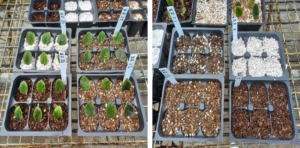 Media Comparison for Leaf Cuttings
Media Comparison for Leaf Cuttings
